Europeana 1989: Documenting Historic Turning Points Via Crowdsourcing
This article by Frank Drauschke (Facts & Files, Berlin) is the second in a three part series about crowdsourcing.
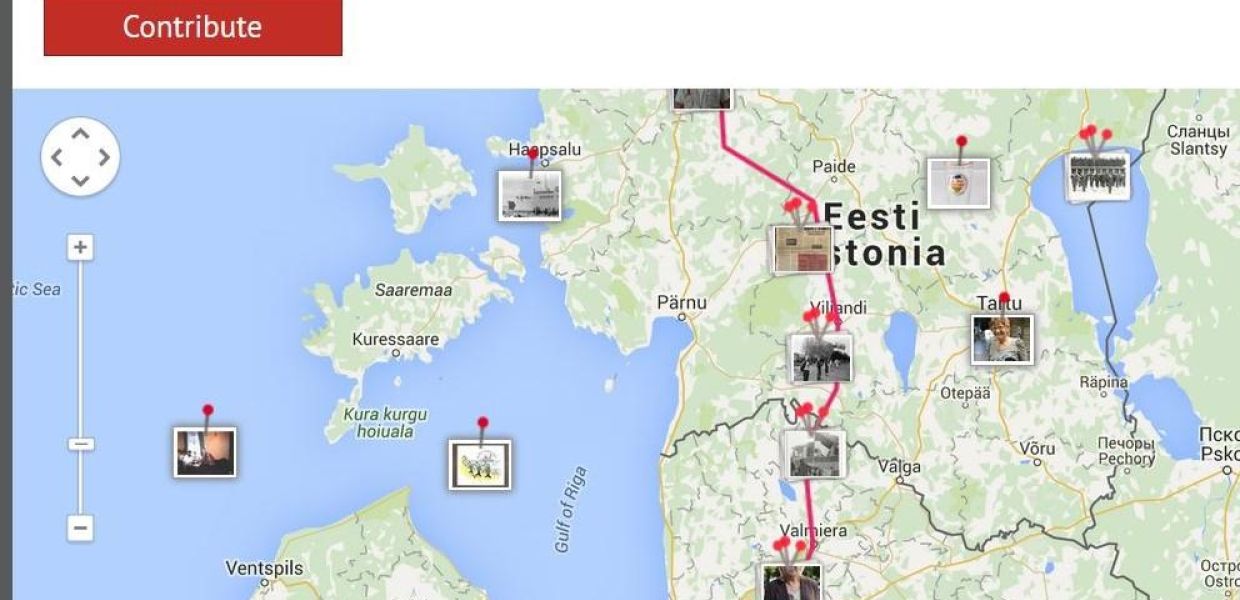
Mass escape through border fence. Thousands of refugees cross the Austro-Hungarian border at Hegyeshalom. Overcrowded trains arrive in Bavaria.
Though these headlines may sound familiar, as if drawn from recent news programmes, they are nearly three decades old. Published in September and October 1989, they refer not to refugees from Syria, Iraq or Afghanistan, but to people fleeing from East Germany.
The historic events of 1989/1990 marked a turning point in European history, as 2015 may well prove to be. It is important to document such crucial phases in our history, and to start doing so as early as possible. Crowdsourcing can play a useful role here by helping to gather information through the collection and documentation of personal accounts and source materials.
With regards to the events of 1989-1990, several projects have been initiated in a number of countries in recent years. The German project ‘Wir waren so frei / Moments in time 1989/1990’ embarked on this task for the 20th anniversary of events. It collected 7,000 private films and photographs, and over 100 personal accounts. For example about the opening of the Brandenburg Gate:

This collection formed the base of the pan-European crowdsourced archive Europeana 1989, initiated to mark the 25th anniversary of the fall of the Iron Curtain.
Over the course of two years, under the slogan ‘we made history’, thousands of photos, documents and objects were digitised at collection days in eight Eastern and Central European countries (Czech Republic, Estonia, Germany, Hungary, Latvia, Lithuania, Poland and Romania) or contributed online. This made Europeana 1989 the first multi-national and multi-lingual online archive about this recent past.
Europeana 1989 not only documents the refugee crisis of 1989, but the era’s material culture, its political and cultural movements, and last but not least the fall of the Berlin Wall.
Now the legitimate question arises: can this kind of user generated content (UGC) be used for serious academic research? Obviously it cannot be the only source, but it can provide a good starting point and a useful extra resource for research projects. With the right amount of source criticism, it can lead you in new directions and supplement official archival sources, with eye-witness accounts giving you a missing link or crucial supporting material.
One example of a rich sub-collection within Europeana 1989 is that of documents, photos and films from the Baltic Way. The Baltic Way was the longest human chain in history, and one of the biggest peaceful demonstrations ever held too. It spanned 600 km, connecting the three Baltic capitals Vilnius, Riga and Tallinn. Over two million people joined hands on 23rd August 1989, marking the 50th anniversary of the Hitler-Stalin pact and demanding freedom and independence for the Baltic States.

For the project, former participants were asked to “relive” the Baltic Way online and pin their images on the actual spot on the map where they took part in this demonstration. It is now one of the most comprehensive cross-border image archives of this event.
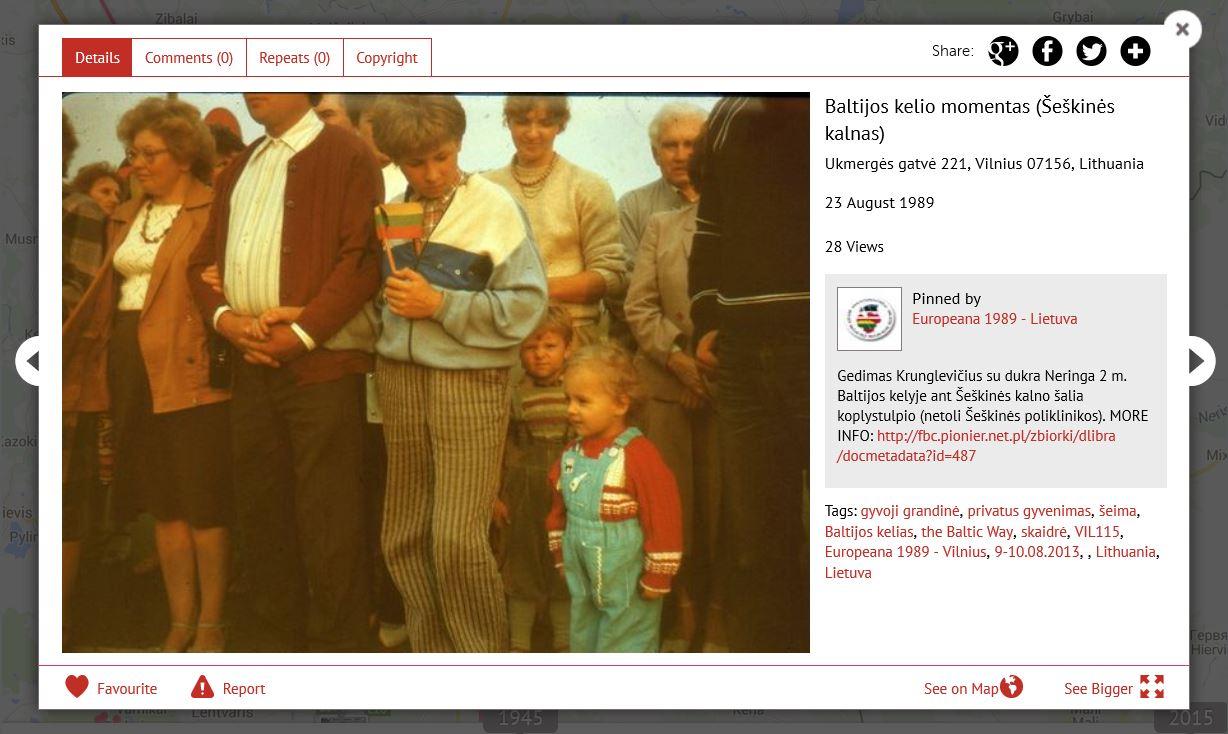
Example of very young participants of the Baltic Way.
Via the multi-lingual project website Europeana 1989 it is possible to explore the sources geo-located on the map. Descriptions and stories are attached to the items. Furthermore, all material gathered at collection day events can be researched via a more powerful search function, giving access to multiple images in higher resolution through the repository backend.
On top of this, a number of personal audio accounts were collected and shared through 89 voices.
For research on the revolutionary movements and the transition in Eastern and Central Europe this collection can be a useful resource and might include even some hidden gems for specific topics. It will also form an essential part of the digital heritage within Europeana Collections as part of User Generated Content. Future crowdsourcing initiatives might be able to enrich and complement these sources.
Examples of collected material:
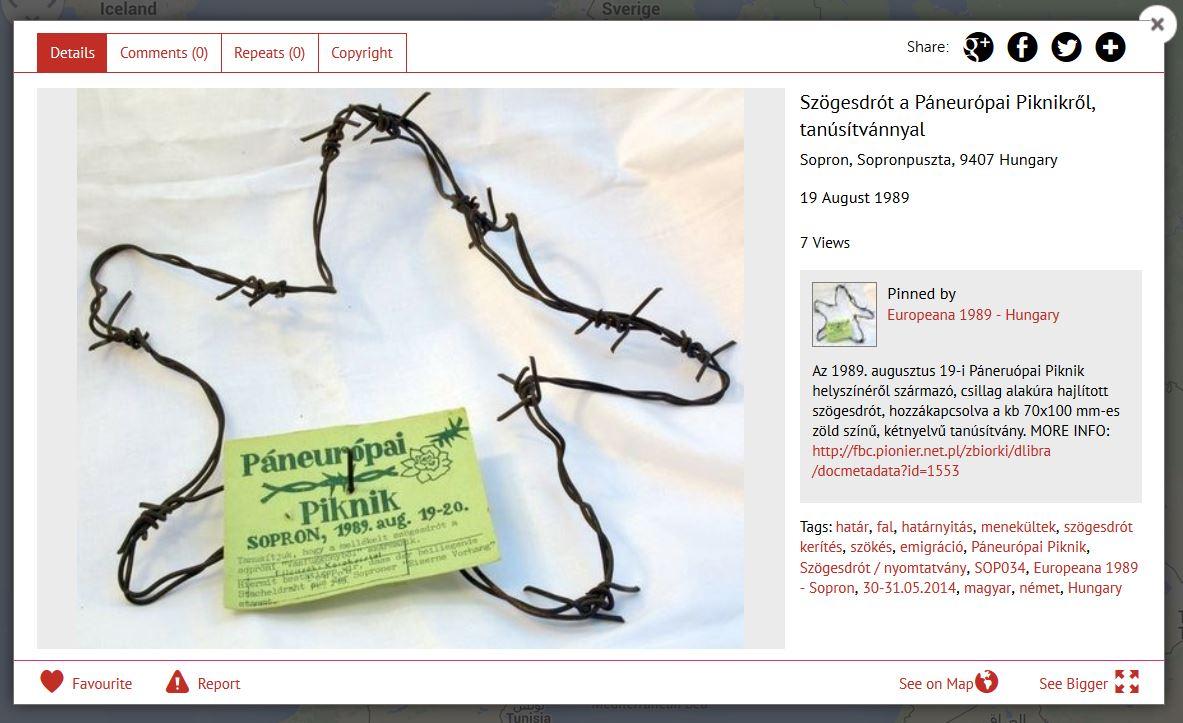
Leaflets, barbed wire, films and photos from the Pan-European Picnic in Sopron/Hungary on 19 August 1989. Europeana 1989
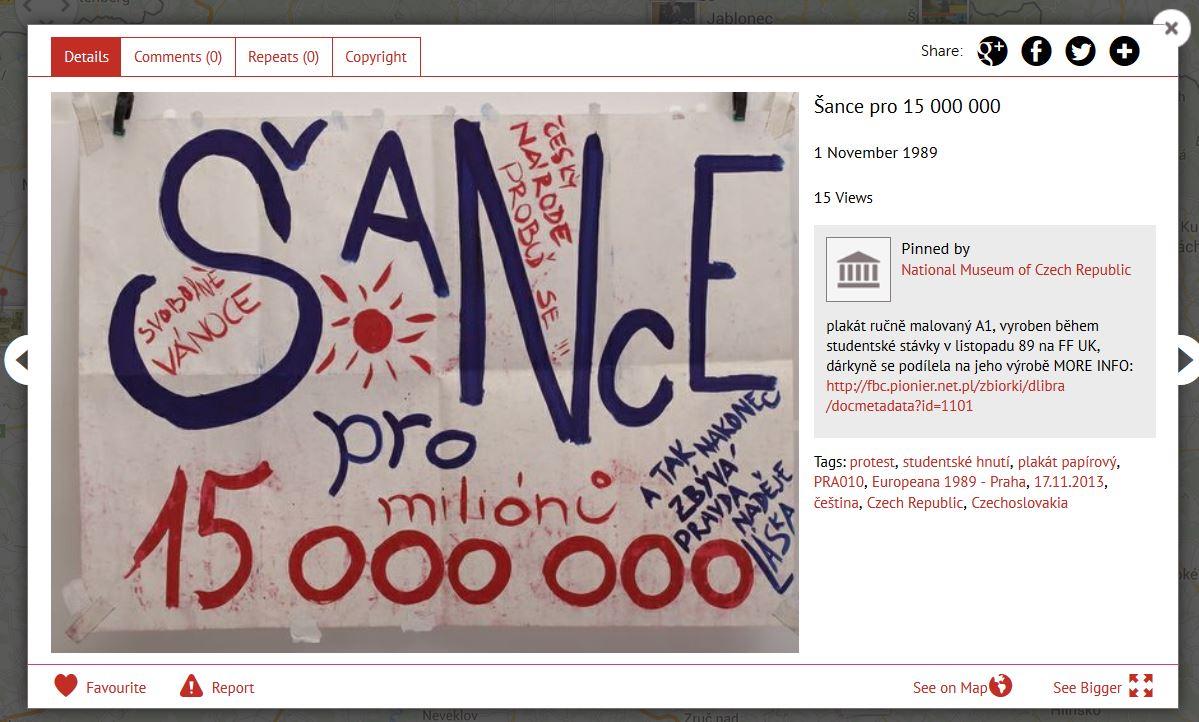
Hand made banners held at demonstrations in different countries, here an example from Prague.
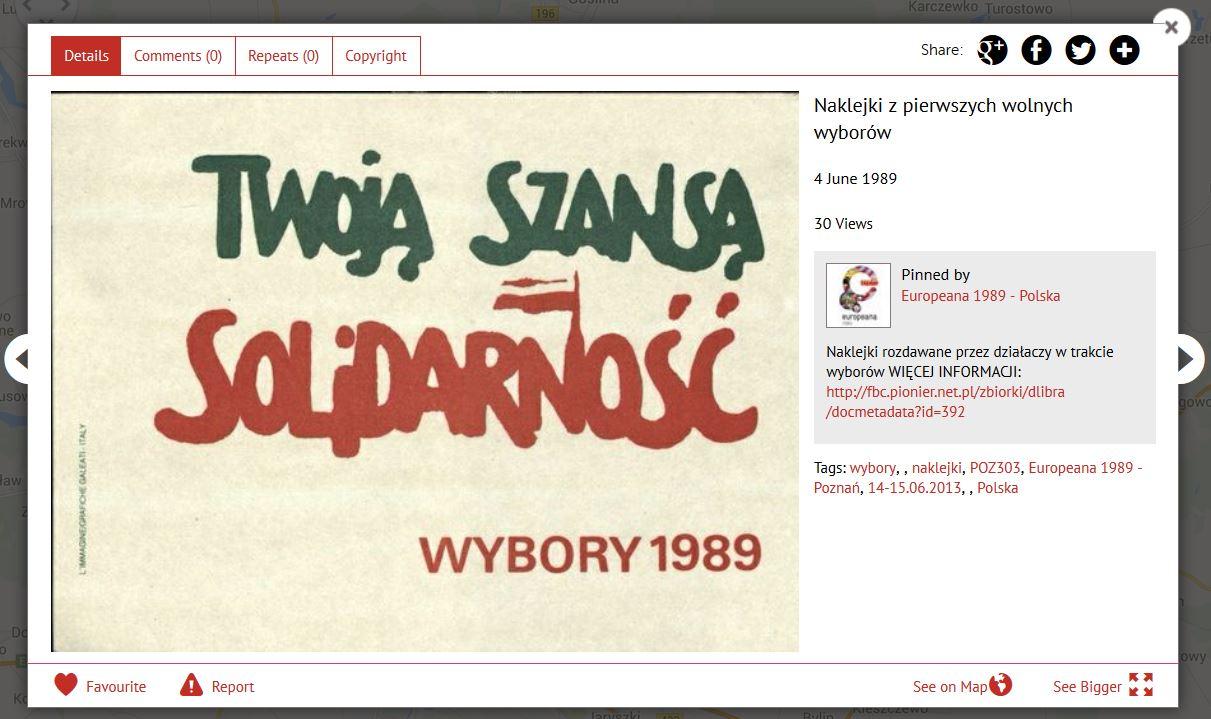
Leaflets, strike posters documents from the Polish Solidarnosc movement, here a leaflet from the first free election in 1989.
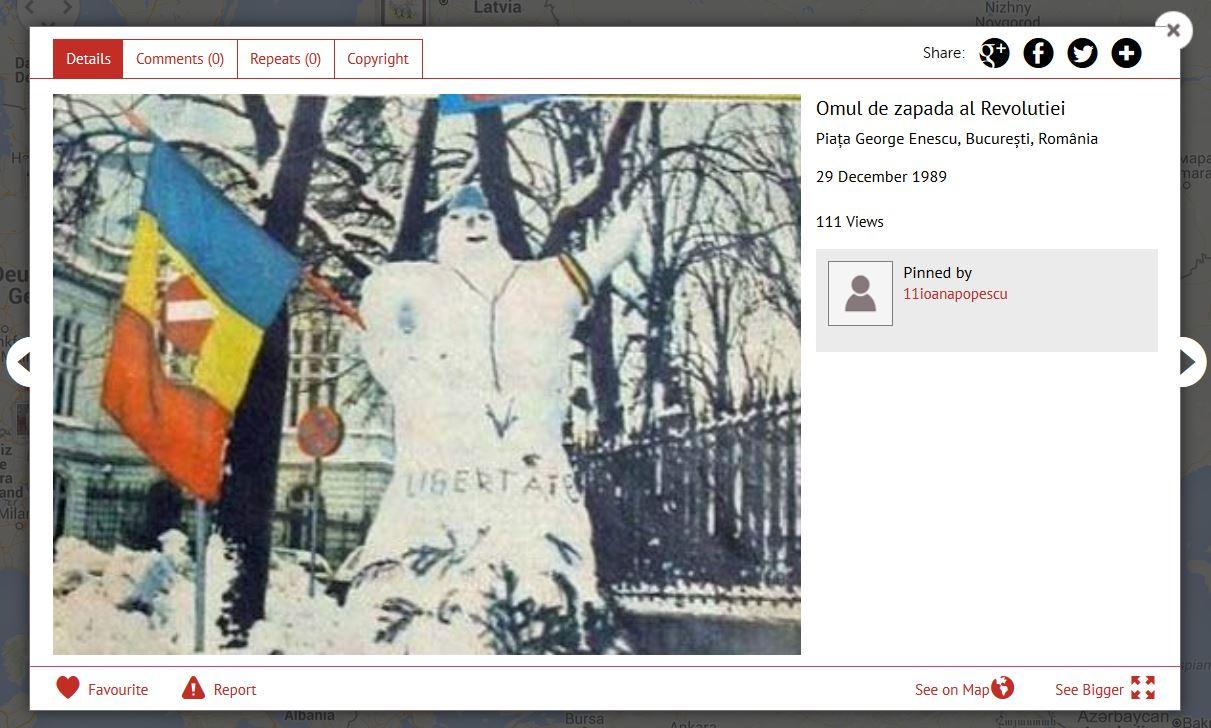
Photos and documents from the Romanian revolution in December 1989.

